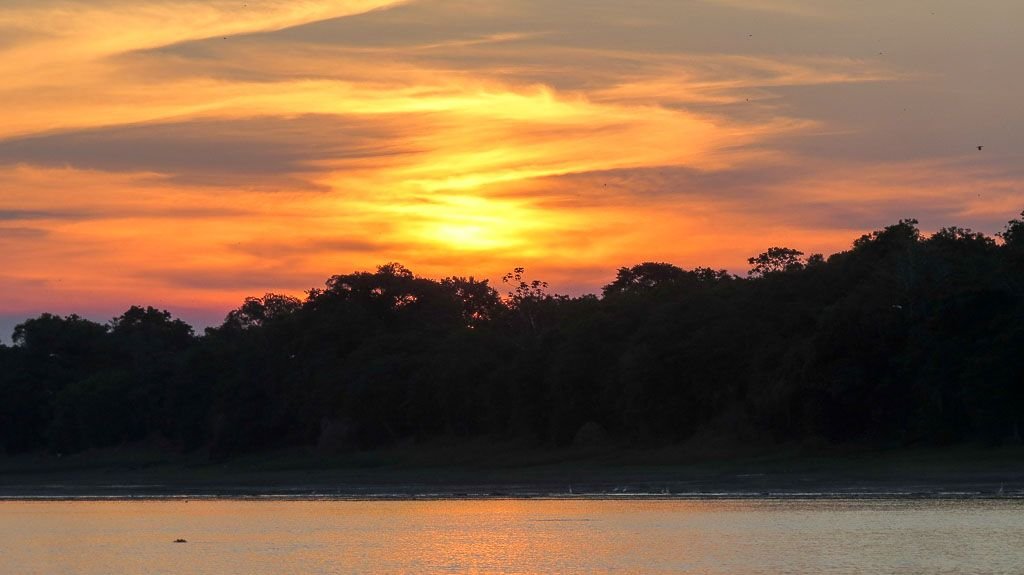Without doubt, the most impressive journey of my life! Just to be there, in the middle of nowhere is an amazing feeling. Disconnected from the city life, enjoying the moment, breathing the pure air and see all these animals and plants -it is difficult to capture this with pictures.
It's hard to imagine how big the Amazon is. With a total area of around 6.7 million square kilometres, many countries share parts of it. Bolivia, Colombia, Ecuador, Guayanas, Peru, Suriname, Venezuela have areas of the Amazon, but the largest area is in Brazil with 4.1 million square kilometers. It's beyond human imagination.
For my journey i chose to visit the Jungle Lodge Uakari, it is located in the heart of the Amazon and considered one of the best. The Jungle Lodge is inside the Mamirauá Sustainable Development Reserve, which is the first of its kind and was created in 1996. The nearest town is Tefé and the journey takes about 1 hour by plane or 2 days by boat from Manaus. Unfortunately, I didn't have time to go by boat. Certainly an adventure!
September is in the middle of the dry season and now there is a "beach" between the harbour and the city Tefé.
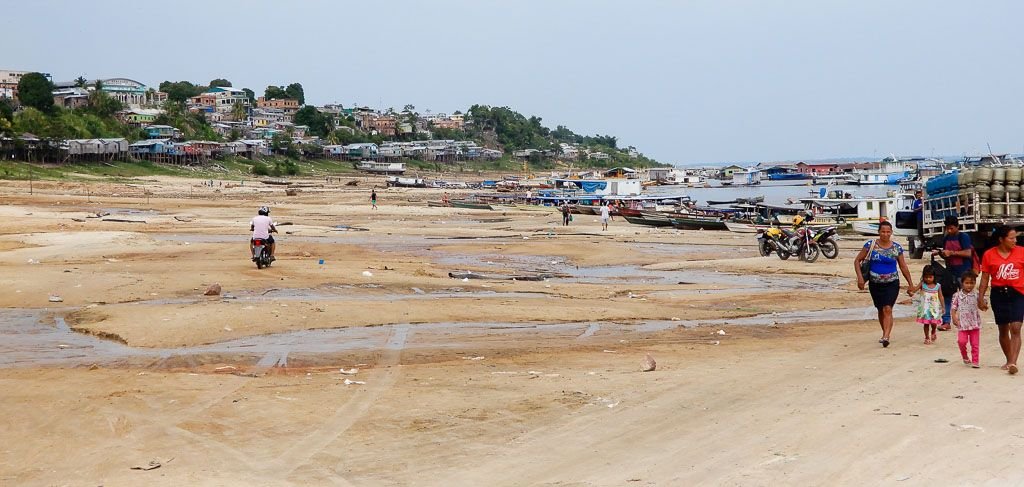

The people told me, that the building in the background gets flooded nearly every time in the rainy season. From here it goes to the Jungle Lodge by speedboat.
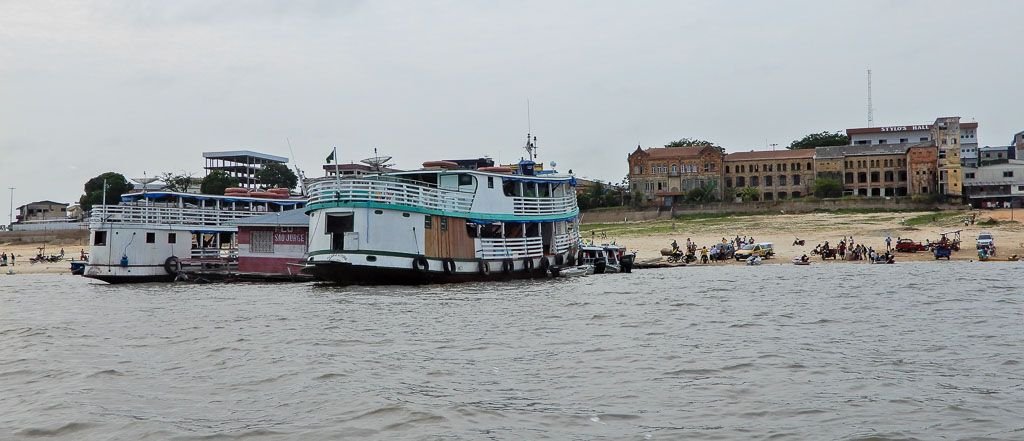
The Mamirauá Reserve belongs to the várzea ecosystem. The principal ecosystems of the Amazon are:
- terra firme (upland forests)
- igapós (blackwater floodplains)
- várzea (whitewater floodplains)
The forest located in areas of the igapós or várzea ecosystem is less dense, species-rich and the trees are "lower", they reach till 40 - 45m. During the rainy season this area gets flooded for 3 - 6 months and life has to adapt for this period. The animals here have to know how to swim, fly or mange to live during the flooding on the tree tops. Man also has to adapt. Either the houses are built in such a way that they swim on the river or far away from the river, which makes life complicated.
There are floating markets and gas station to fill your boats. The rivers are the streets. No cars, just boats! Very impressive how everyday life works here. The river level changes between dry and rainy season by about 10-15m!
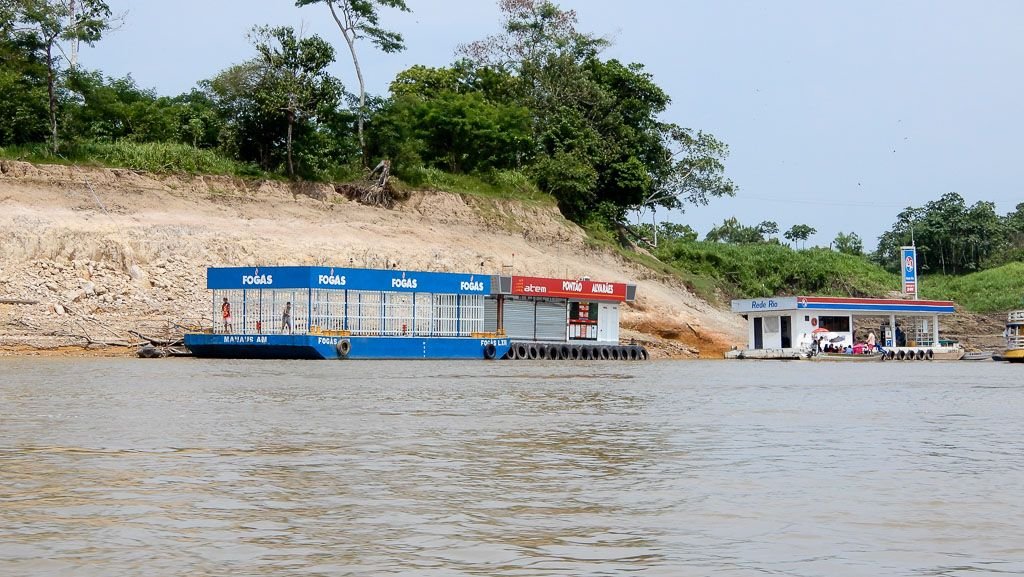
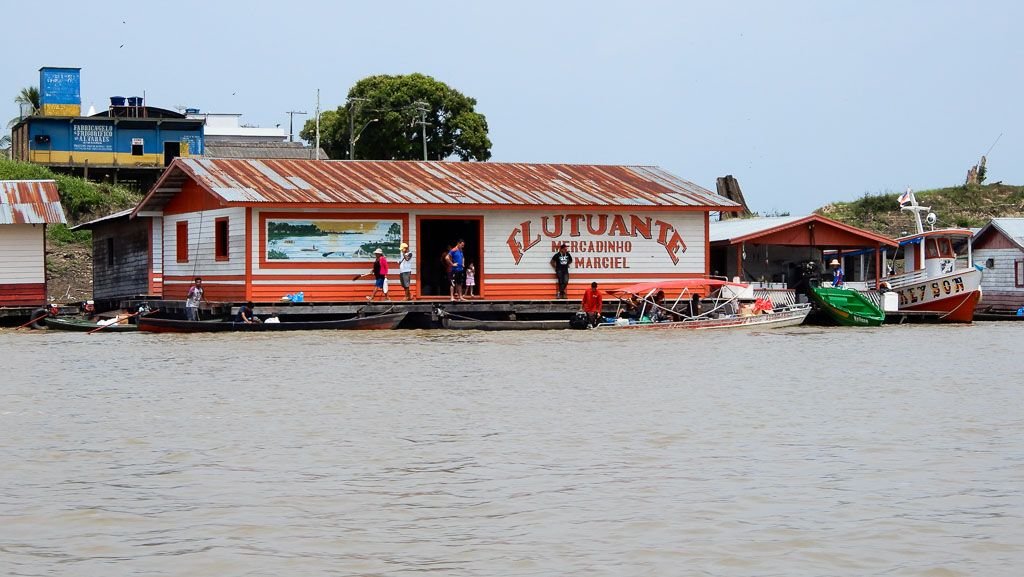
With the speedboat it goes upstream on the river Solimões or also called Amazonas for approx. 1 hour up to a side channel, where the Jungle Lodge is located. The Amazon River begins in the Andes of Peru at an altitude of 5597m and its mouth is located in the state of Pará in Brazil, where the Amazon River connects with the Atlantic Ocean. With a length of 6992 km, the Amazon is the longest river on earth and has the largest discharge volume of water (220.00 m3 per second) and transports more water than the Missouri Missouri, Nile and Yangtze rivers together. The Amazon Basin releases about 20% of the planet's fresh water into the oceans and has the largest water basin on earth and its rivers play an important role in the water cycle and watercourses of the region.
On the river side are a few communities but getting close to the Jungle Lodge human life vanishes and wildlife appears. The Amazon hosts a large diversity of birds and is certainly a paradise for birdwatchers.
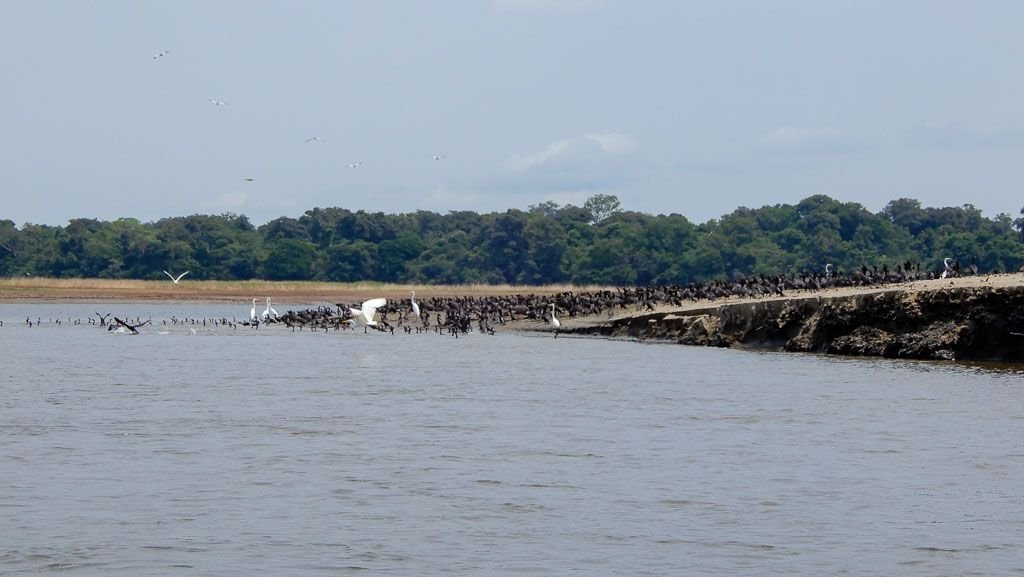
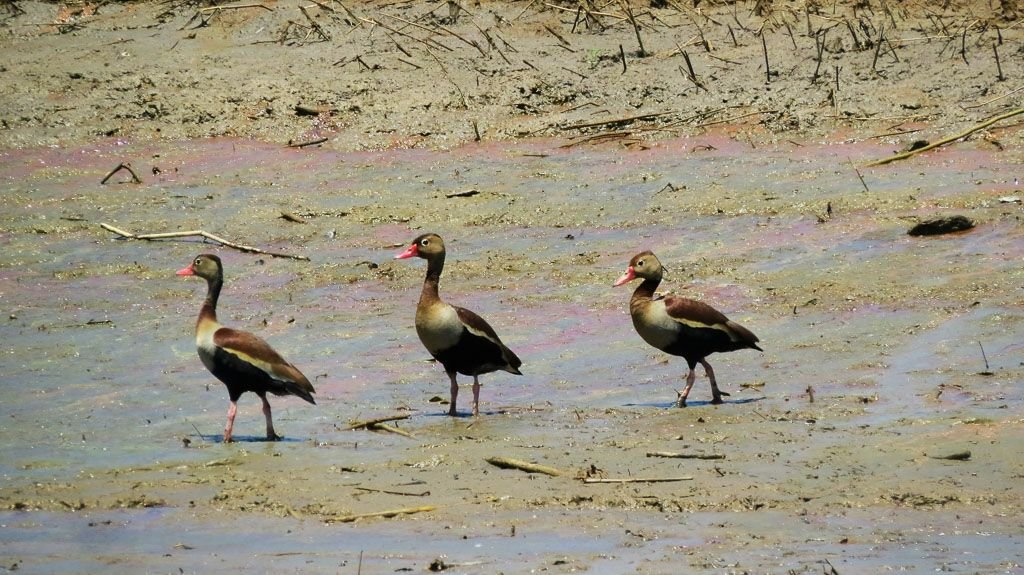
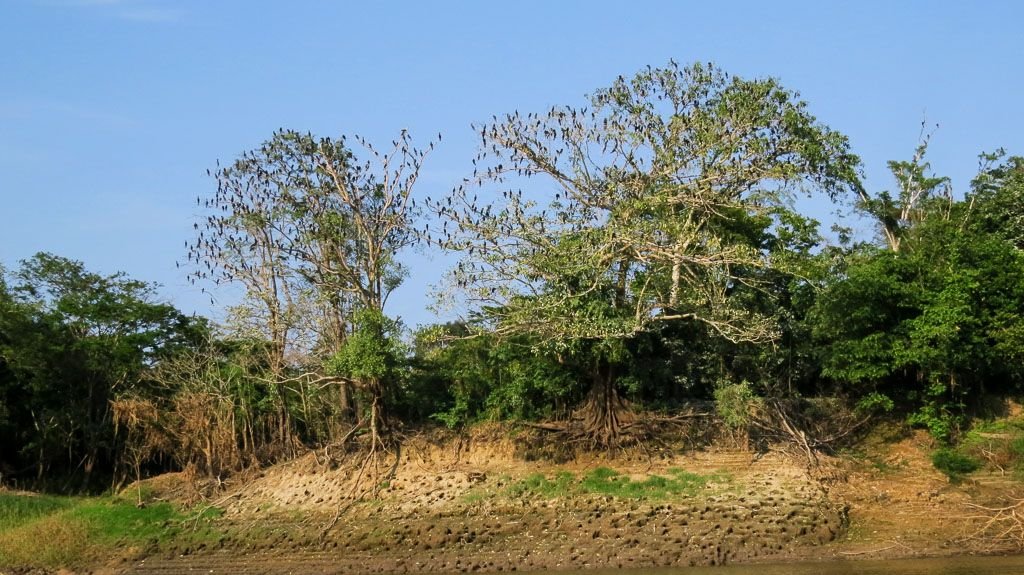
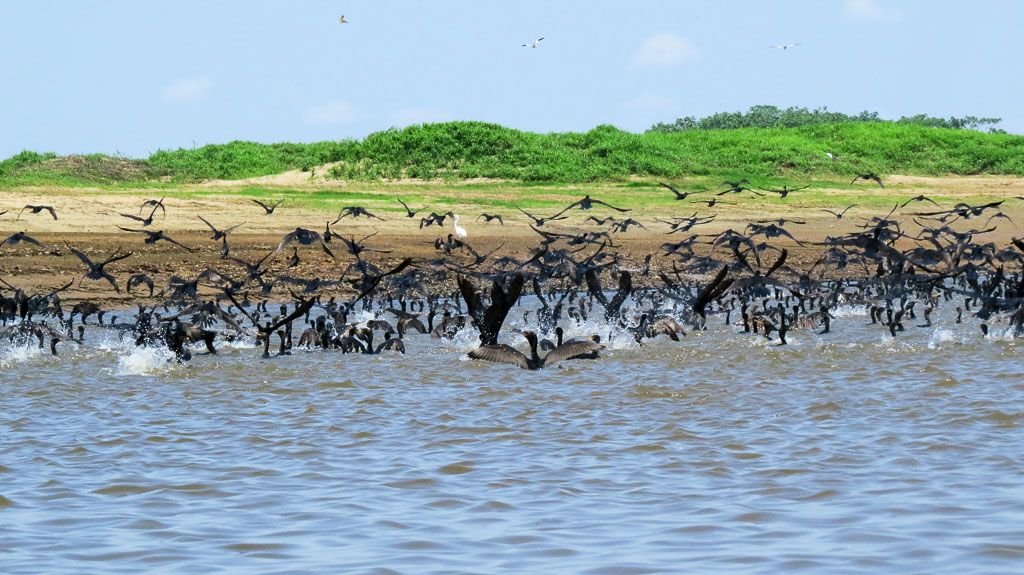
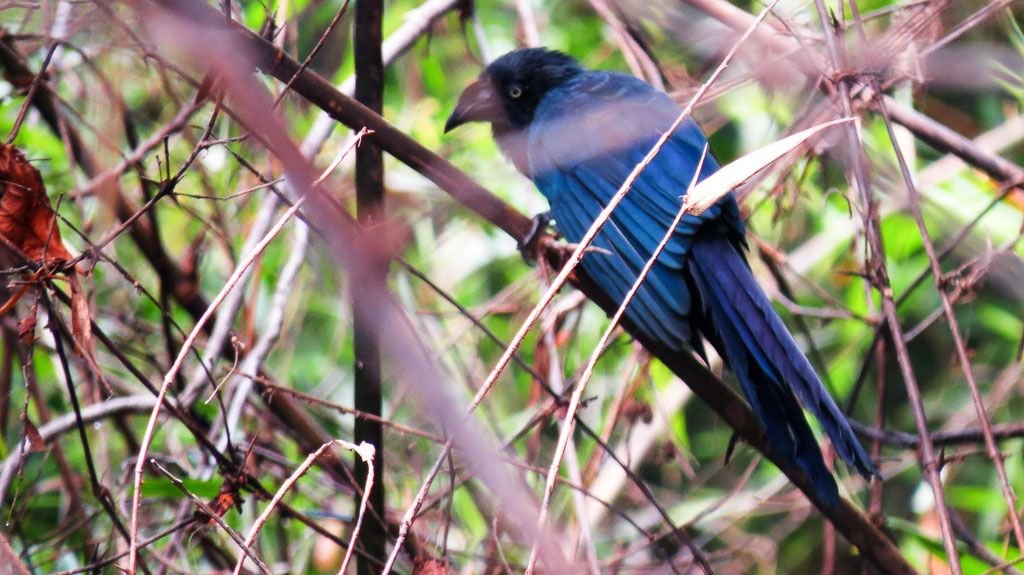
Here is also the home of the pink river dolphin. Researchers catch and tag them to make studies about their population and habit.
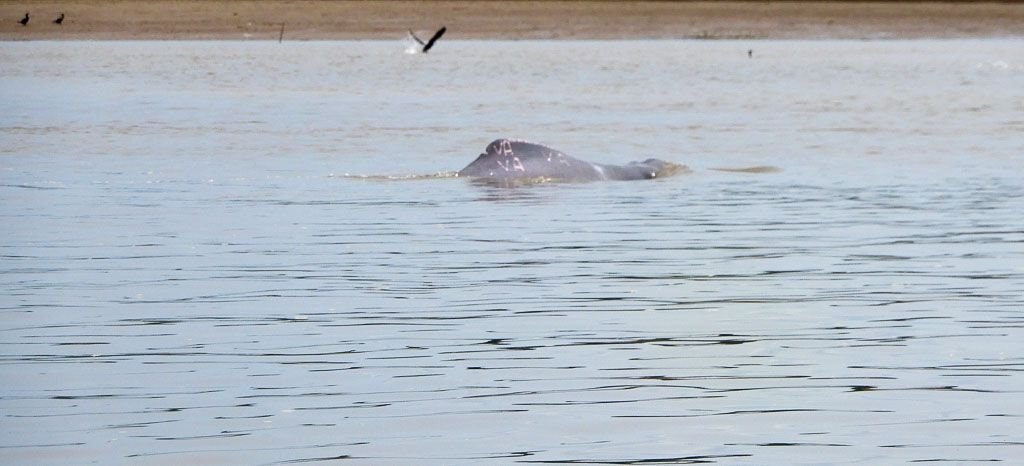
Finally the floating Jungle Lodge! This was my home for 4 days.
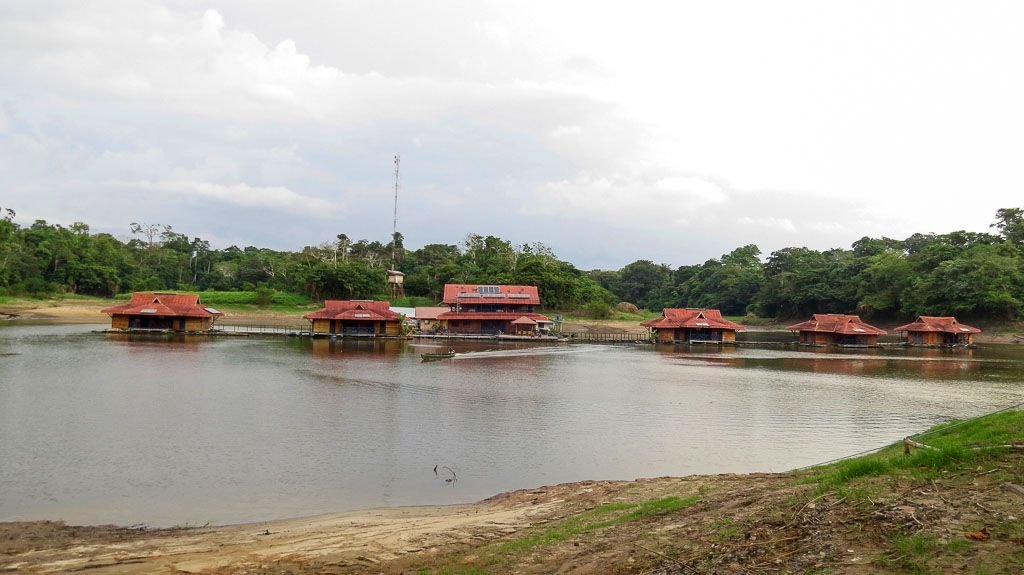
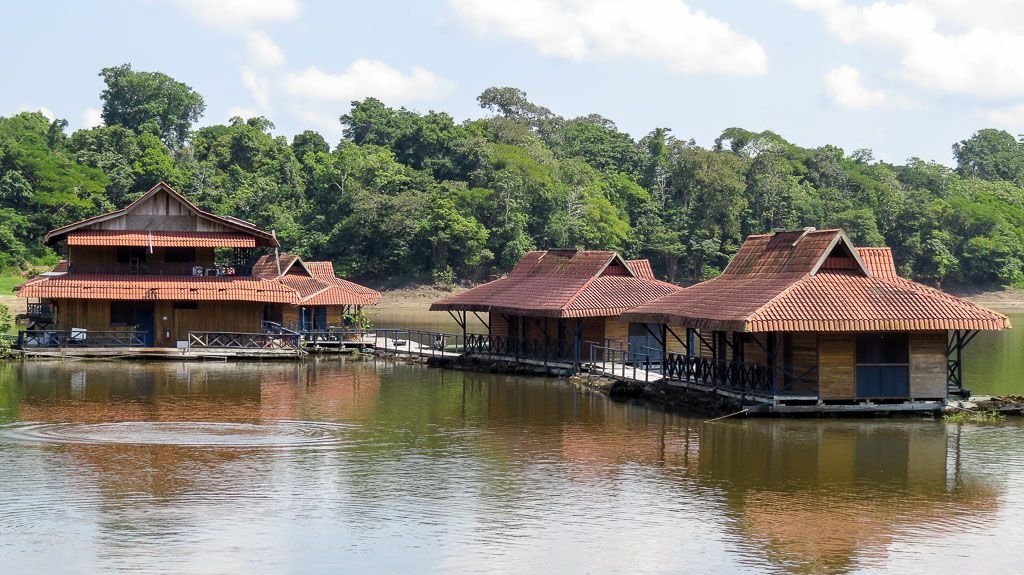
Far away from every village, the animal kingdom comes very close! It is a highlight to be here in the lodge and watch the busy jungle life. Different bird species come and go. Unfortunately, I don't remember the names of the birds. There is simply too much information every day. I'll take notes next time. In the Amazon region there are about 1300 bird species.
The Green kingfisher.
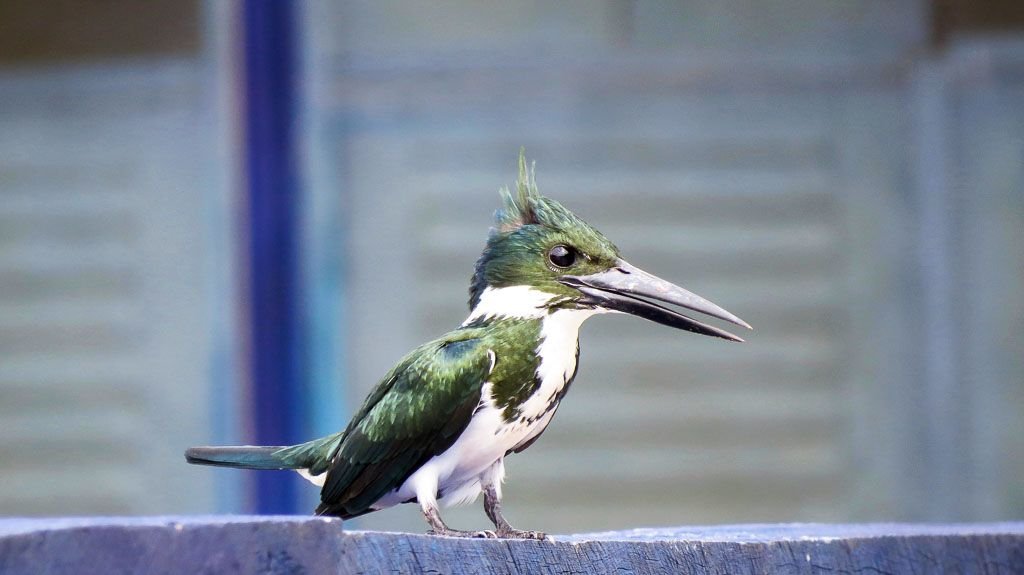
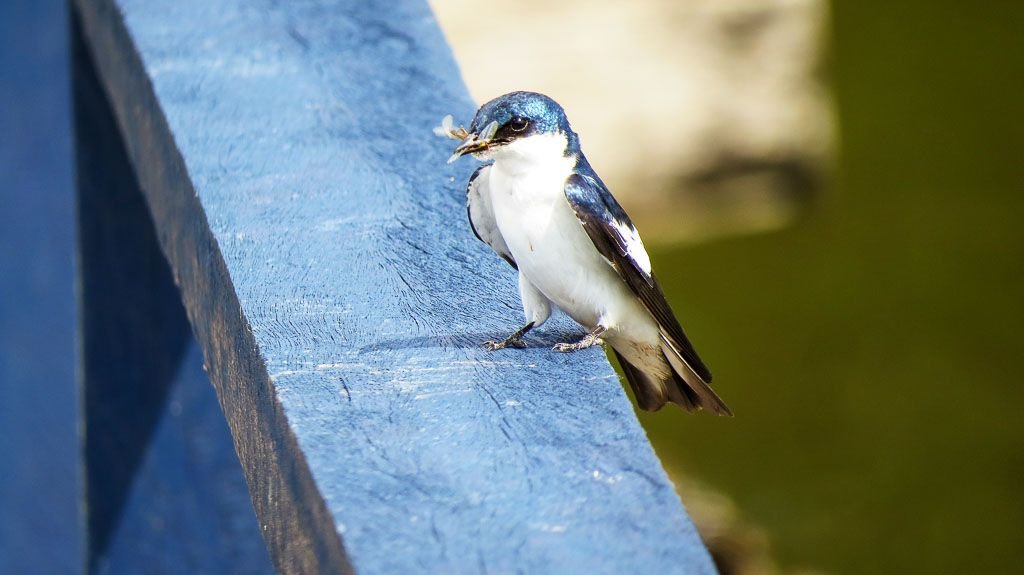
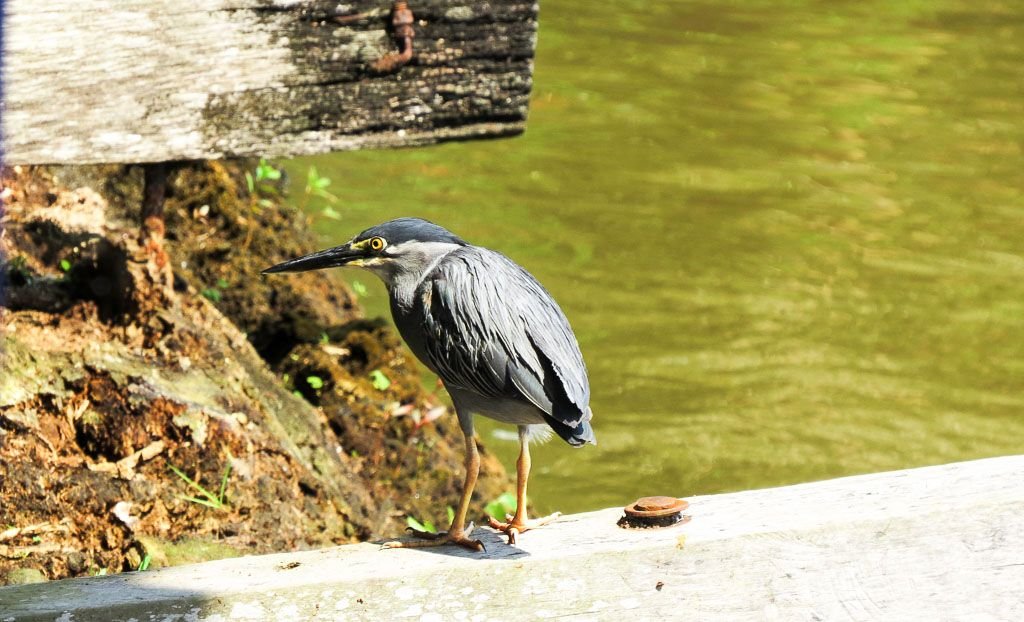
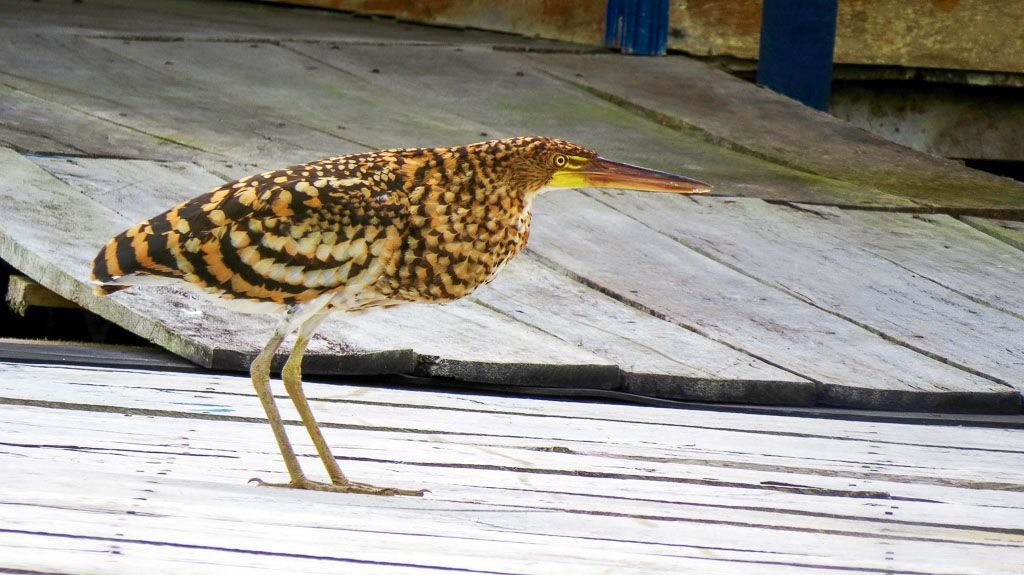
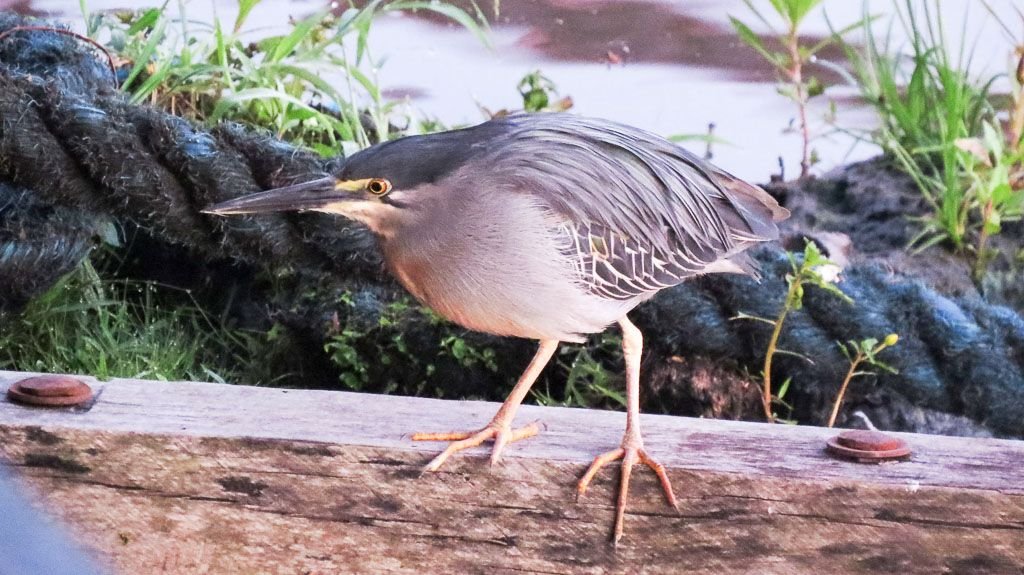
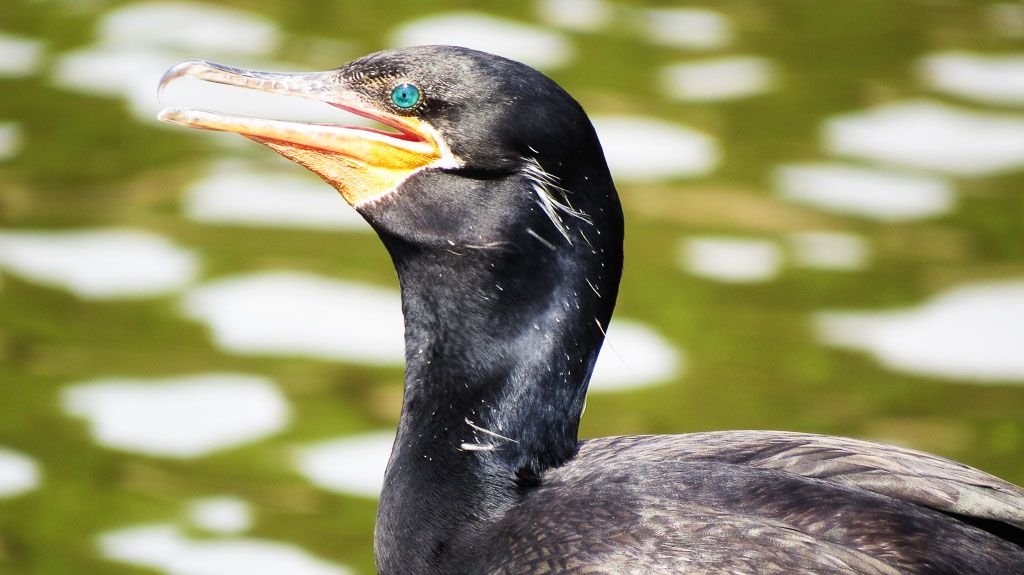
At midday is gets very hot and its time for Siesta. Would be great to take a bath in the river but the caimans are already waiting and are hungry. I've never seen so many caimans before and they just float around or swim under the lodge. Sometimes you can hear them eating under the floating room. In the dry season there are also many Pirarucus in the river and they hit their tails against the water and jump to breathe. The Pirarucu is one of the largest fish in the Amazon with up to 3m and 200kg. But they are so fast that it is difficult to take a picture of them.
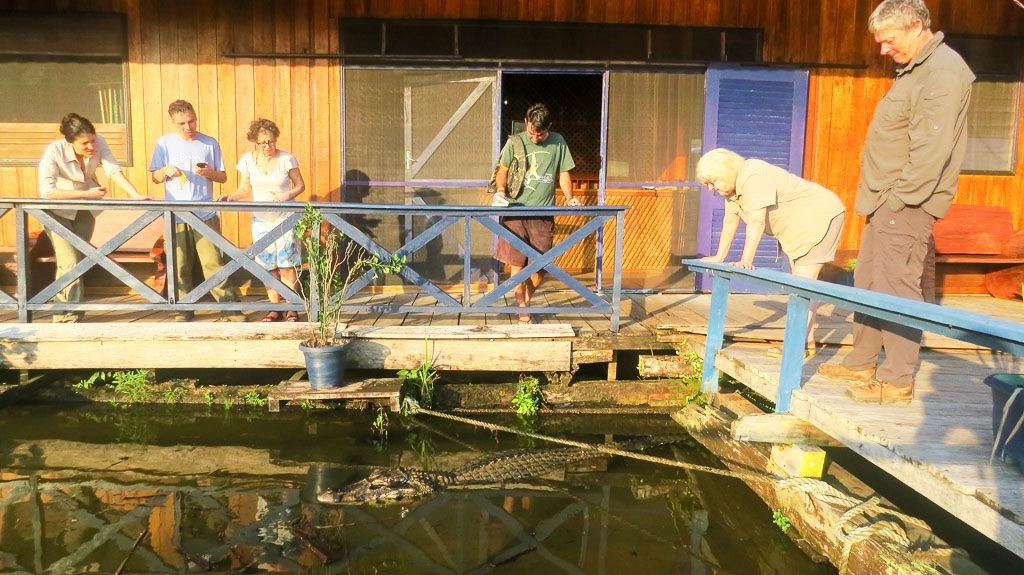
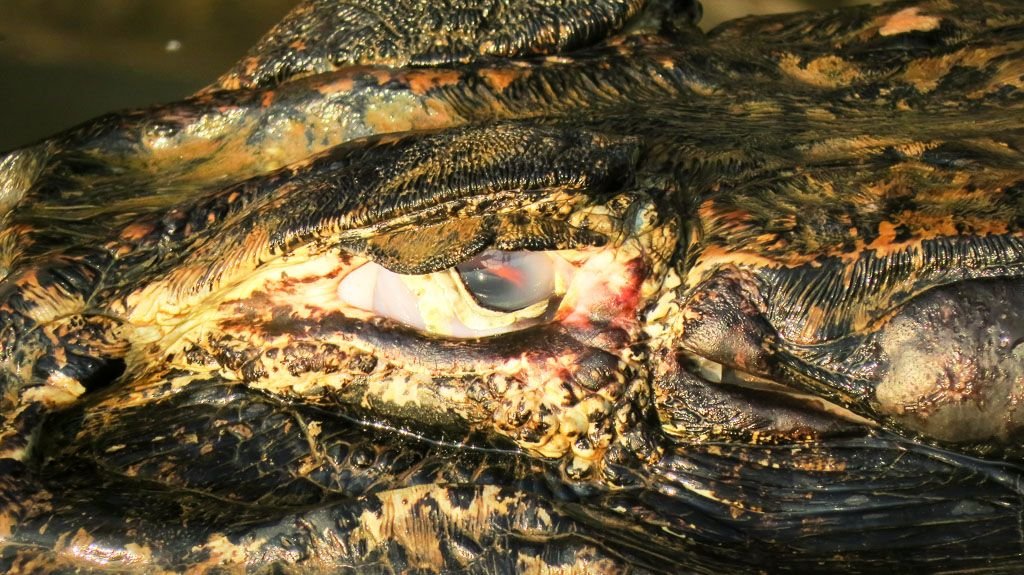
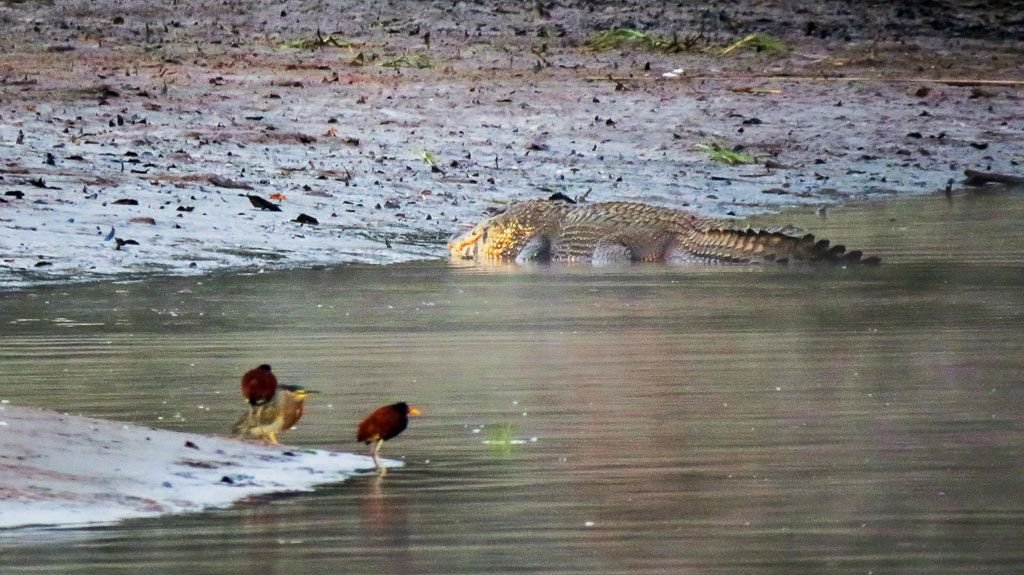
Caiman cubs waiting for food.
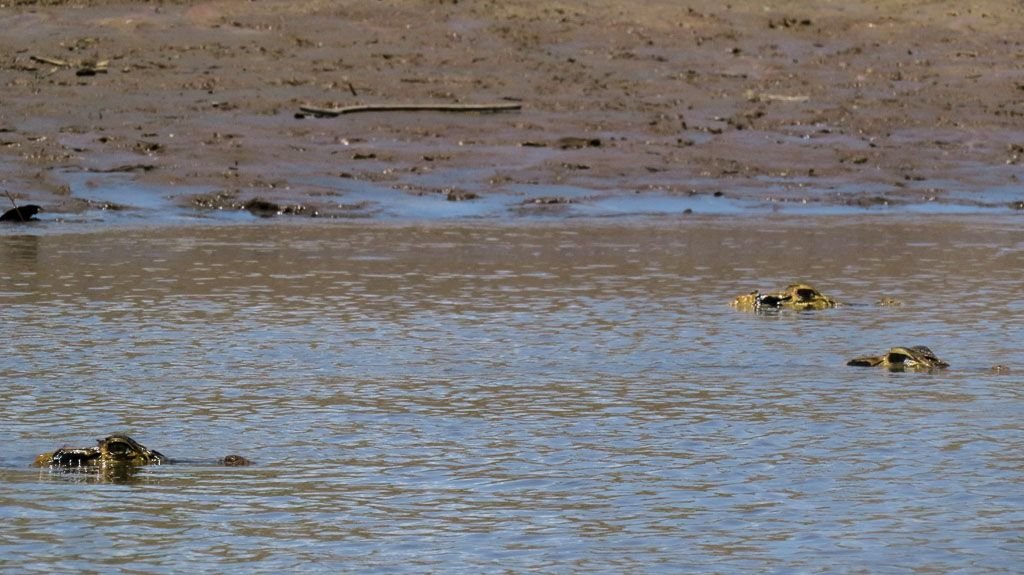
I was surprised that there are almost no mosquitoes and I didn't need to use my anti-mosquito spray. Maybe it's different in the rainy season. Only at night a few mosquitoes appeared, but under the roof of the small cabin two species of bats sleep during the day and at night they go hunting for mosquitoes.
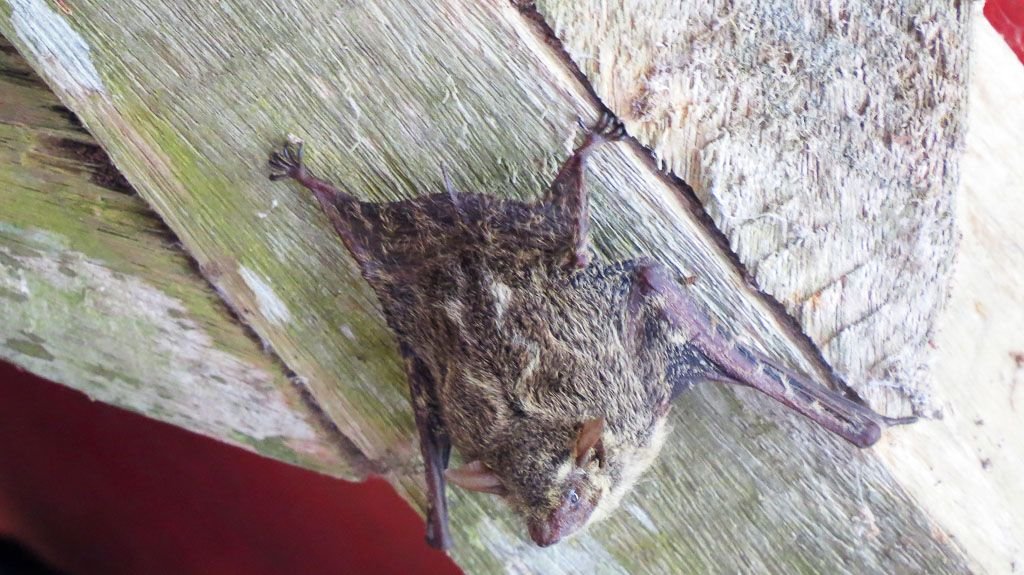
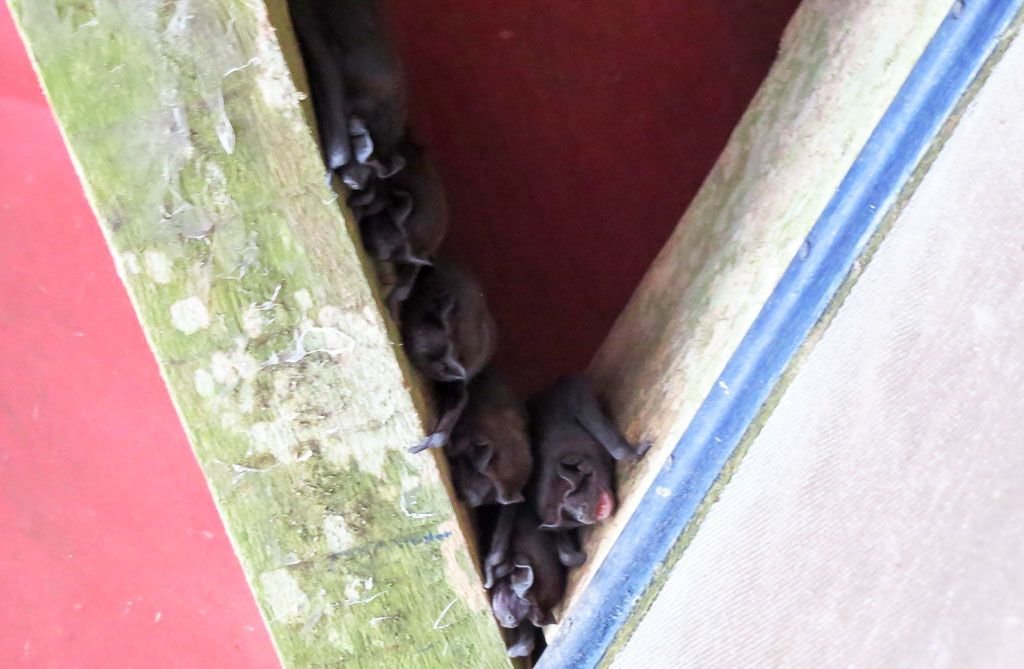
I love the sunsets in the Amazon. The jungle is bathed in beautiful colours and creates magical moments.
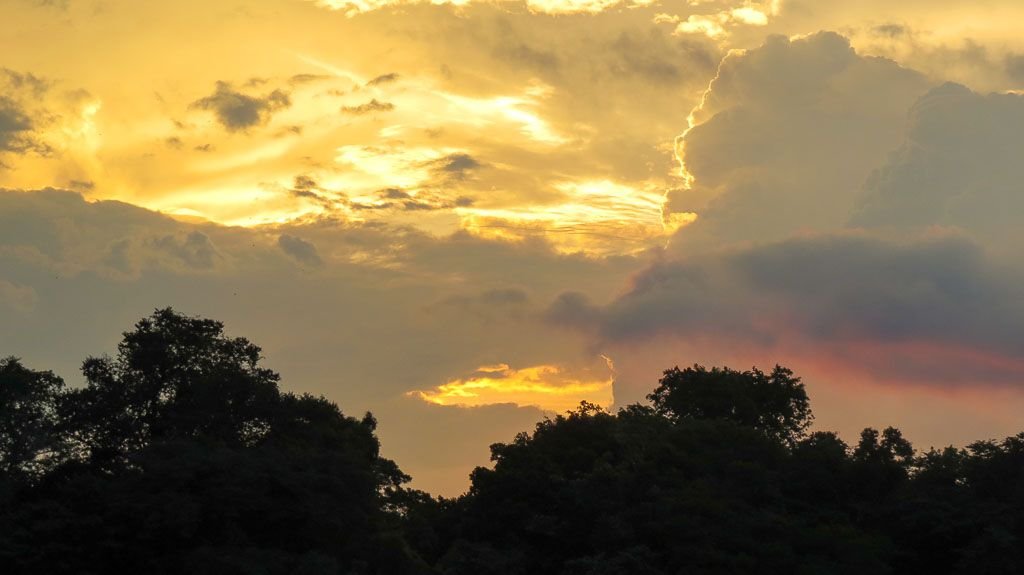
It also seems that the moon is closer.
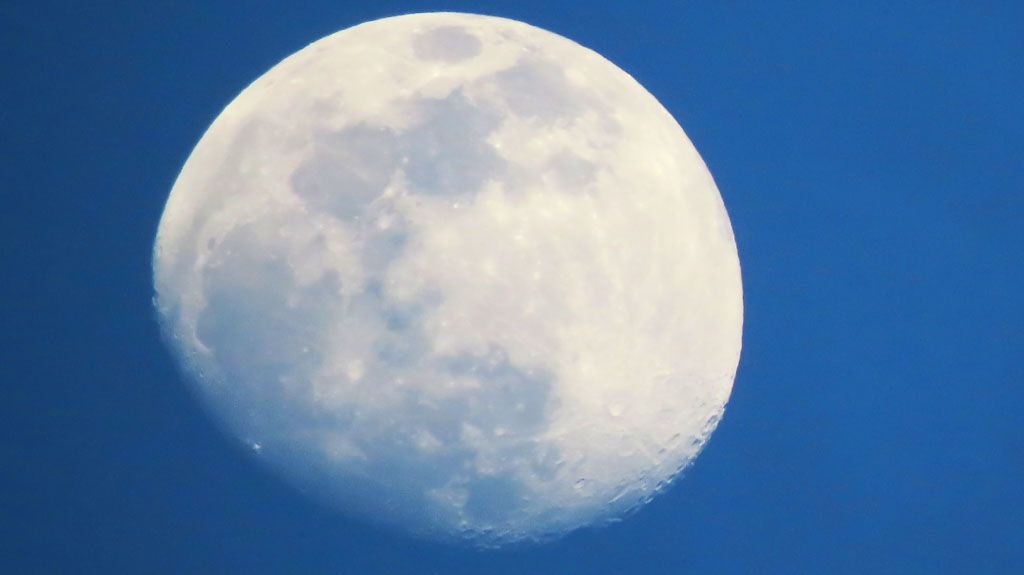
I hope, i could give you a small glimpse on the beauty of the Amazon.
The Amazon is considered to be one of the richest areas of the planet's biological diversity and is fundamental to maintaining the global climate balance. It has a great influence on the transport of heat and steam to the regions in higher latitudes. It also plays an important role in the sequestration of atmospheric carbon and helps to reduce global warming.
In my next post lets go inside the Amazon rainforest!
!steemitworldmap -3.064410 lat -64.849612 long Amazon D3SCR

